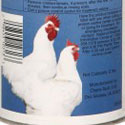
All insecticides are toxic to some extent, or they wouldn’t work. Permethrin is a synthetic version of pyrethrins — natural insecticides that are extracted from daisy-like flowers. Compared to natural pyrethrins, synthetic versions persist longer in the environment and therefore need to be applied less often. Permethrin comes in the form of a dust […]
Continue Reading
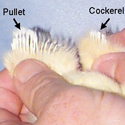
Feather sexing is the ability to determine the gender of a newly hatched chick based on the rate of growth of its wing feathers. The trait is sex linked and works only if the chick’s father is of a breed that grows feathers rapidly and its mother is of a breed that grows feathers slowly. […]
Continue Reading
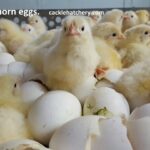
White Leghorn Hatching Eggs –12 for $61.68 24 for $101.28 FREE SHIPPING
Seasonal/Shipped Mid February through June 5th.
Continue Reading
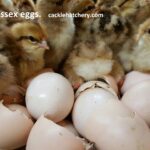
Speckled Sussex Hatching Eggs –12 for $61.68 24 for $101.28 FREE SHIPPING
Seasonal/Shipped Mid February through June 5th.
Continue Reading
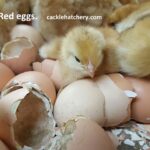
Production Red Hatching Eggs – 12 for $61.68 24 for $101.28 FREE SHIPPING
Seasonal/Shipped Mid February through June 6th.
Continue Reading
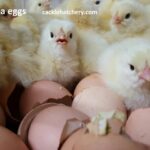
Light Brahma Hatching Eggs – 12 for $61.68 24 for $101.28 FREE SHIPPING
Seasonal/Shipped Mid February through June 5th.
Continue Reading
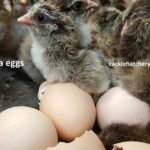
Dark Brahma Hatching Eggs – FREE SHIPPING
Seasonal/Shipped Mid February thru June 6th.
Continue Reading
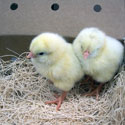
When those fuzzy little chicks, ducklings, or goslings arrive in the mail, the first thing you want to do is pick them up and cuddle them. Young children, especially, can’t resist snuggling those cute little fluff balls. The more time you spend with your baby poultry, the friendlier they will become. However, among the important […]
Continue Reading
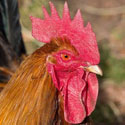
One of the most outstanding features of a rooster is his comb — that fleshy crownlike protrusion on top of a chicken’s head. So why do roosters have such ornate combs? At about 3 to 8 weeks of age, depending on the breed, baby chicks start developing reddened combs. A cockerel’s comb will gradually become […]
Continue Reading
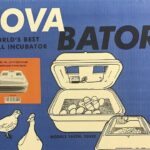
FREE SHIPPING on all supply order totals exceeding $25.00.
Item #I13
PLEASE ALLOW AT LEAST 30 DAYS FOR SHIPPING
Continue Reading










